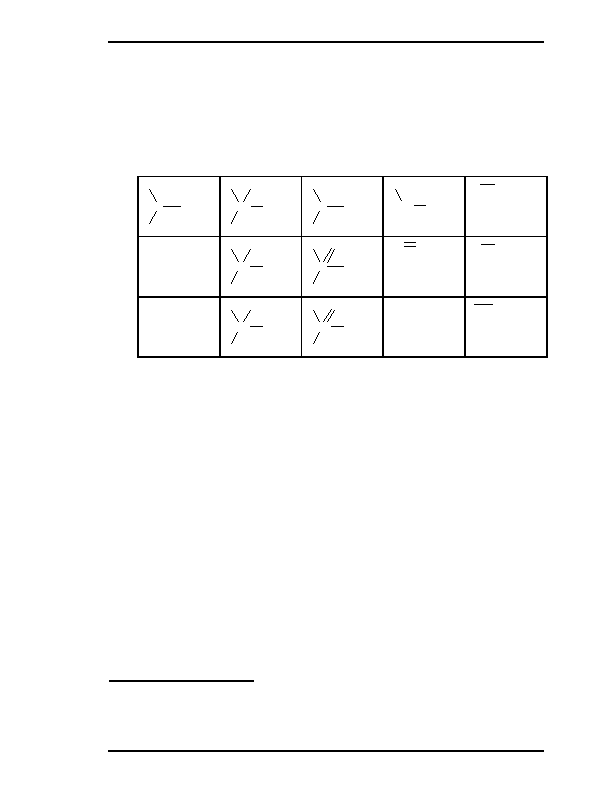
I Lab Services
4.25.3 Limitations for Adsorption Coefficient
The algorithm does not calculate the K
oc
for the following chemical structures:
Structures containing atoms other than C, H, O, S, N, and F in possible chemical
surroundings or structures containing atoms P, Cl, Br, I, Se, Si, Ge, Pb, Sn, As, and B that
are not within the chemical surroundings shown below (note that A denotes any atom out
of C, O, S, N, F, or any group listed below
9
):
A
A
A
A
A
Cl
A
B
A
Ge
A
P
A
Se
A
10
A
A
A
A
A
A
A
Se
A
Br
A
Sn
A
P
A
A
A
A
A
A
A
I
A
Pb
A
As
A
A
A
Structures containing atoms in non typical valence states (see the Elements Table in the
ACD/ChemSketch for information on individual atomic valences);
Structures containing non covalent (co ordination) bonds; and
Structures containing more than 255 heavy atoms or 10 ionization centers.
Additionally, the algorithm does not take into account the specific features of different geometric
isomers, stereomers, conformers, and isotopes. The algorithm does not correct its prediction for
long range non covalent bonding, intra molecular shielding, or inter molecular association.
4.25.4 What is Adsorption Coefficient?
The organic carbon adsorption coefficient, K
oc
, is crucial for estimating a chemical compound's
mobility in soil, and the prevalence of leaching from soil. The adsorption of a compound
increases with an increase in organic content, clay content, and surface area of soil. The
presence of a chemical compound can also be detected in groundwater, and inference can be
made about its residence time in the soil and the degradation period before reaching the water
table. The presence of continuous pores or channels in soil will increase the mobility of a
chemical compound in the soil.
The Adsorption Coefficient (K
oc
) may be defined as the ratio of the amount of chemical adsorbed
per unit weight of organic carbon (oc) in the soil or sediment to the concentration of the chemical
in solution at equilibrium:
g
adsorbed / g
organic
carbon
K
oc
g / mL
solution
9
This group cannot be a part of a cycle unless otherwise stated.
10
This fragment can be a part of an aromatic cycle.
ACD/I Lab via ChemSketch
User's Guide
58
footer
Our web partners:
Inexpensive
Web Hosting
Jsp Web Hosting
Jsp Web Hosting
Cheapest Web Hosting
Java Web Hosting
Quality Web Templates
Dreamweaver Web Templates
Frontpage Web Templates
Jsp Web Hosting
Cheapest Hosting
Cheapest Web Hosting
Java Web Hosting
Tomcat Web Hosting
Quality Web Hosting
Best Web Hosting
Java Web Hosting
Visionwebhosting.net Business web hosting division of Vision Web Hosting Inc.. All rights reserved

